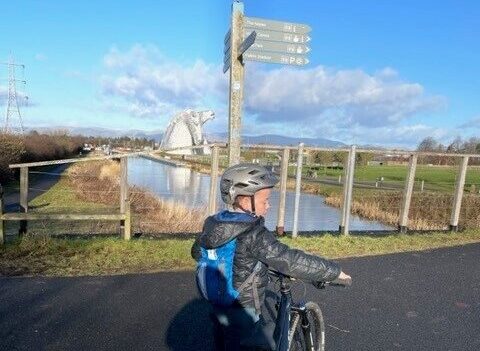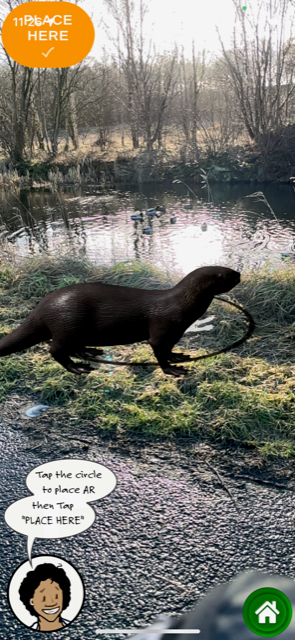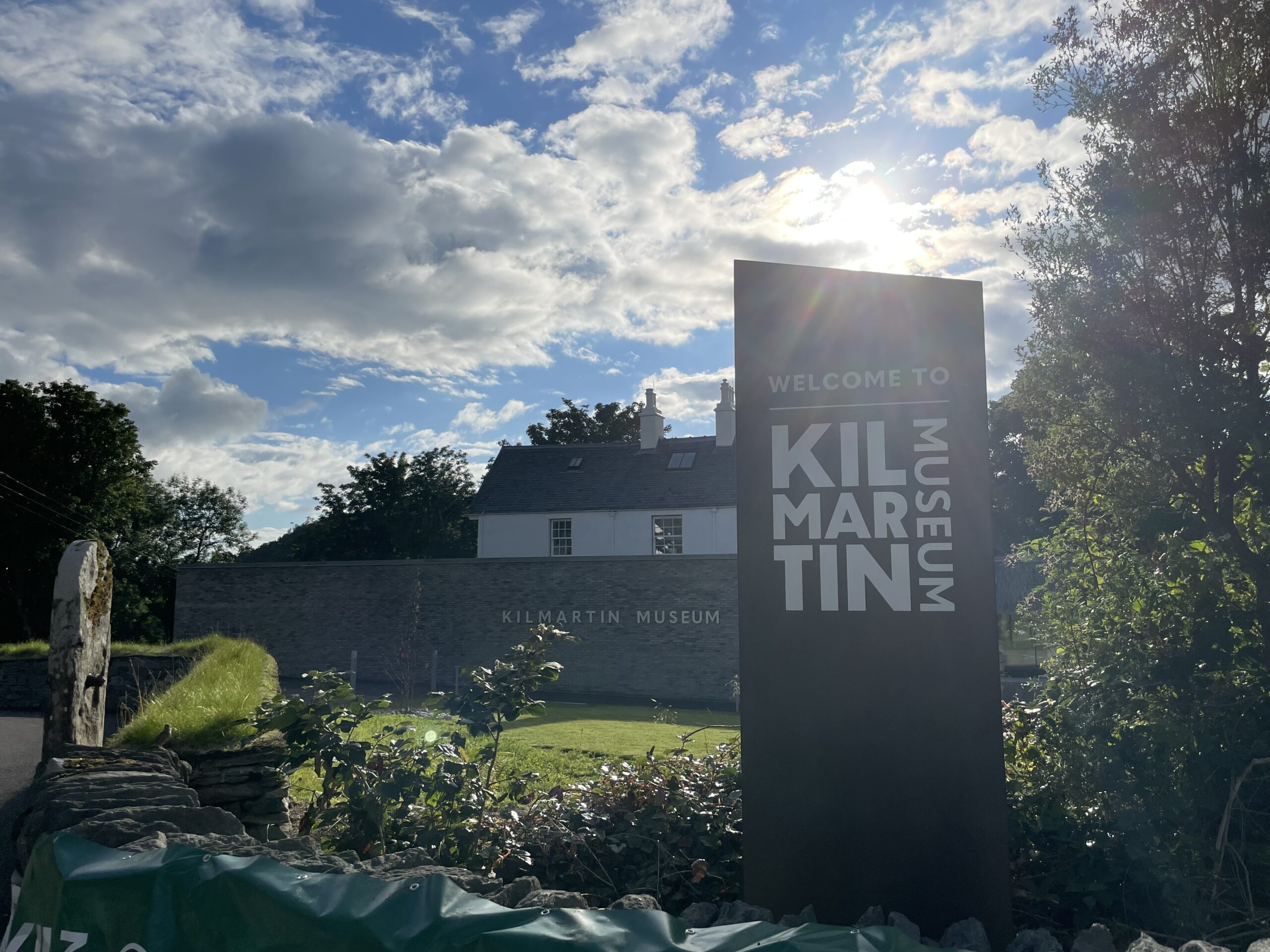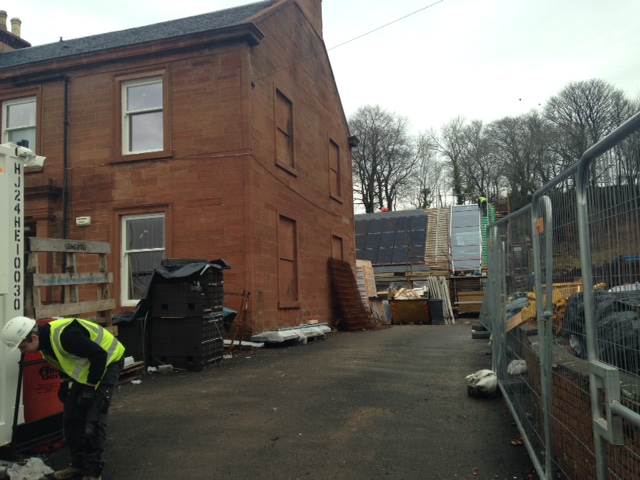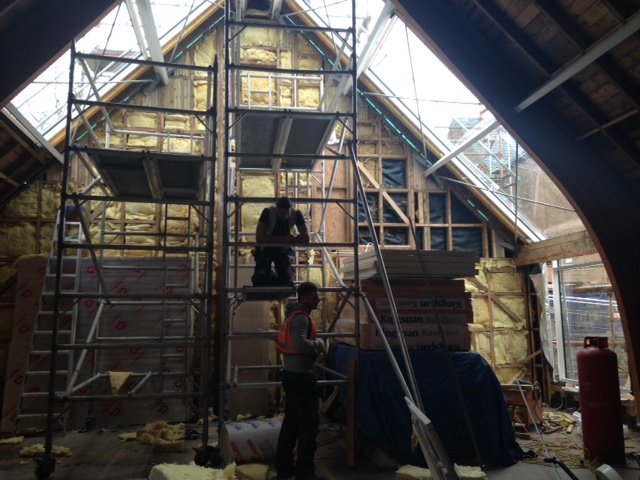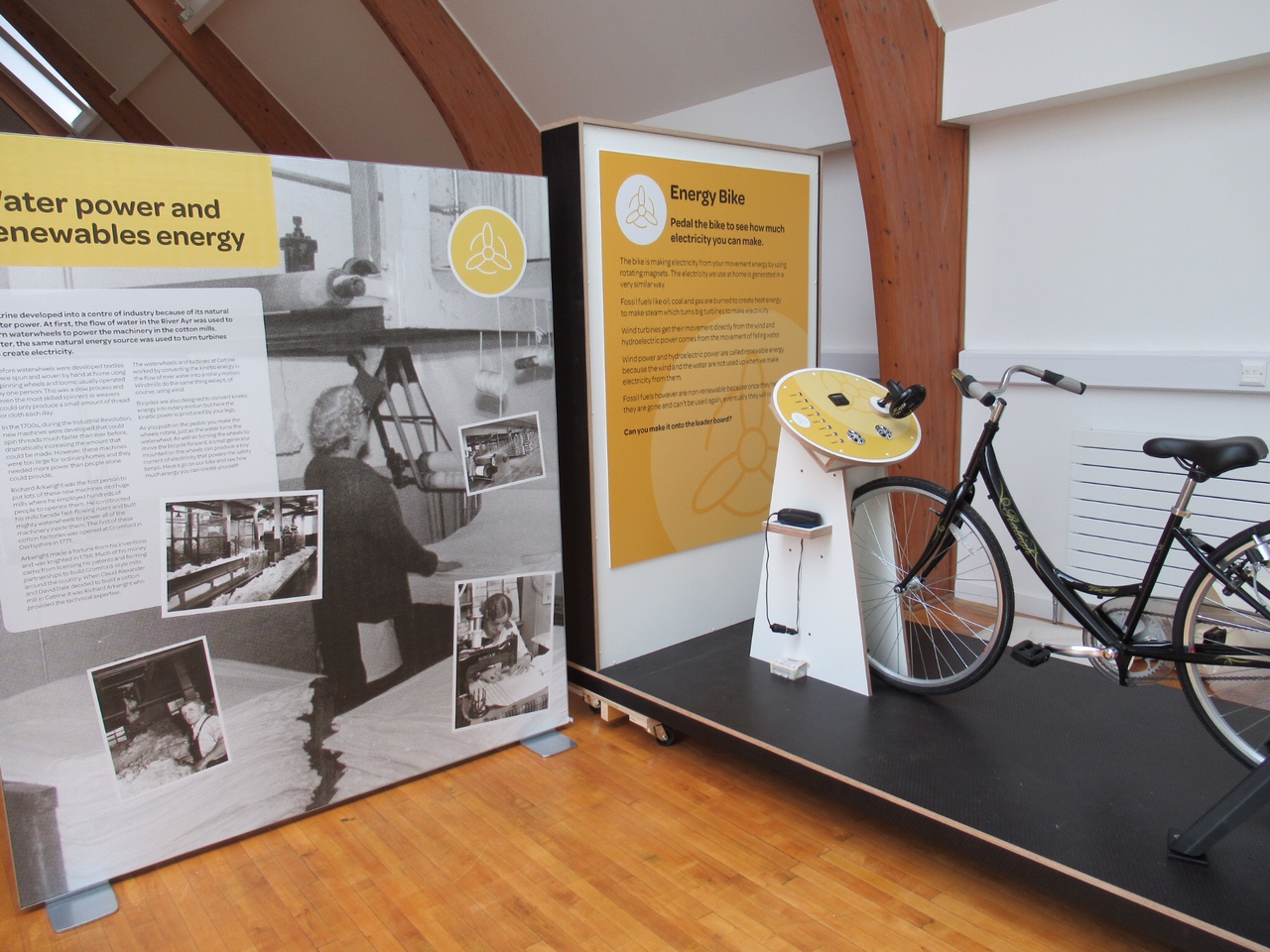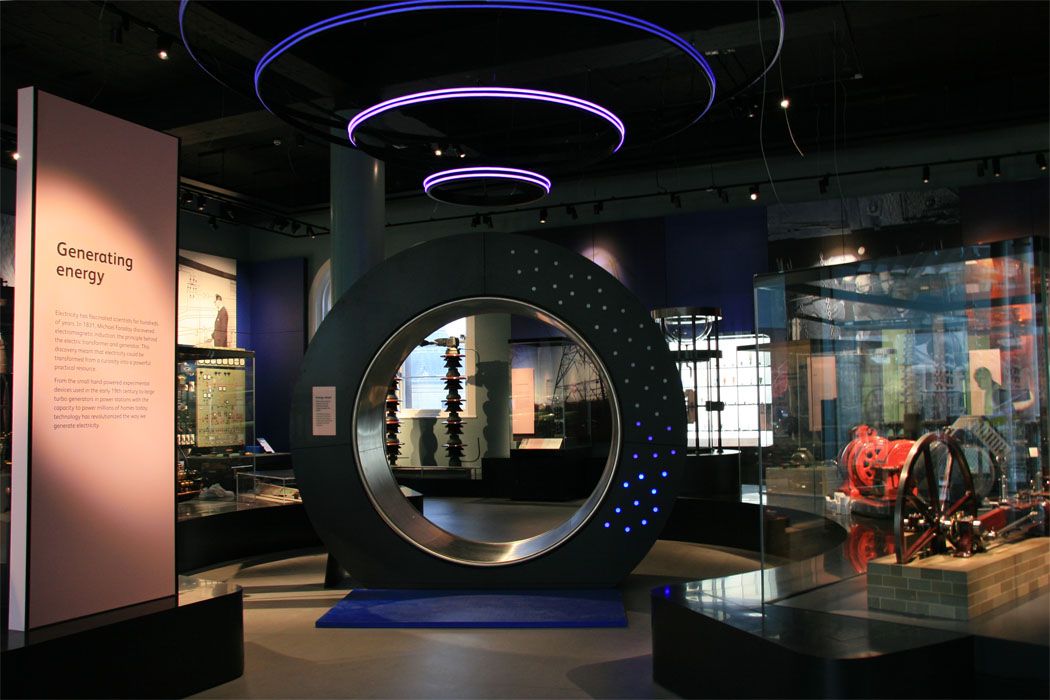It’s every family’s hope that their days out will be full of fun and making great memories. But those of us working with Heritage sites should ask ourselves; do the families who visit feel truly welcome? Do they have fun? Is it clear there is stuff for them to DO? My brief from Historic Environment Scotland was to investigate ideas for activities to help families make the most of their visits and to try them out.
The first phase of work was background research and benchmarking. I talked to staff about site-specific challenges at castles and I looked for suitable comparator organisations or sites. Historic Environment Scotland sites already cater for families with quizzes, interactive features in exhibitions, some games and costumes, plus events. But there was an appetite to extend this by investigating three new ideas; ‘backpacks’, ‘an activity cart’ and ‘outdoor games’.
Of the three ideas, backpacks had the most research available and I put together a report looking at best practice in this field.
This led us to decisions to:
-
Choose a maximum of six activities
-
Choose activities with a range of target ages
-
Choose things a child can start to use immediately without instruction
-
Cater for the whole family, not just children.
-
-
Encourage creativity, art, imagination
-
Balance active learning with play

Our Pilot Activities
Our plan was to develop the three different ideas then try them out in different combinations at three castles; Craigmillar, Tantallon and Blackness.
We decided that the backpacks would be marketed as for ‘families’ rather than groups or children: one per family rather than per child. And we would design the contents to appeal to a wide range of ages and activity preferences (‘something for everyone’).
We commissioned a logo for both the Explorer Packs and the Activity Cart that was designed to work in white on a solid colour background that could be the recognisable colour to indicate family activities. Bright red was chosen as the background colour as it is bright, gender-neutral, family friendly and widely available. Drawstring backpacks were selected for compact storage, lightweight and to be able to be worn/carried by people of all sizes.
After mapping out the sort of things we wanted families to DO in the castle; explore, laugh, observe, be creative, tell stories, we settled on the following contents:
The contents card is designed to put parents at ease. It lets them know how many items they need to keep track of (not too many) and gives inspiration on how to use them based on what we wanted to help families do at the sites; Play, Imagine and Explore.

Activity Cart
We spent some time looking at various ways in which ‘make and take’ activities are delivered in museums and for HES learning groups and thinking about the challenges our outdoors sites. Our key question was: What is the art cart itself for?
The answer we settled on was that it was to be storage and presentation of materials and a key aim was to communicate a ‘family friendly’ message to visitors to the site. Therefore the key principles of the design brief were:
-
Visually appealing and exciting for families
-
Gives a sense of ‘something going on’
-
Easy to wheel about an open, grassy site
-
-
Needs to be able to be left outside.
The final solution was designed and built by Old School Fabrications who have a lot of experience in this area and were able to meet our brief.
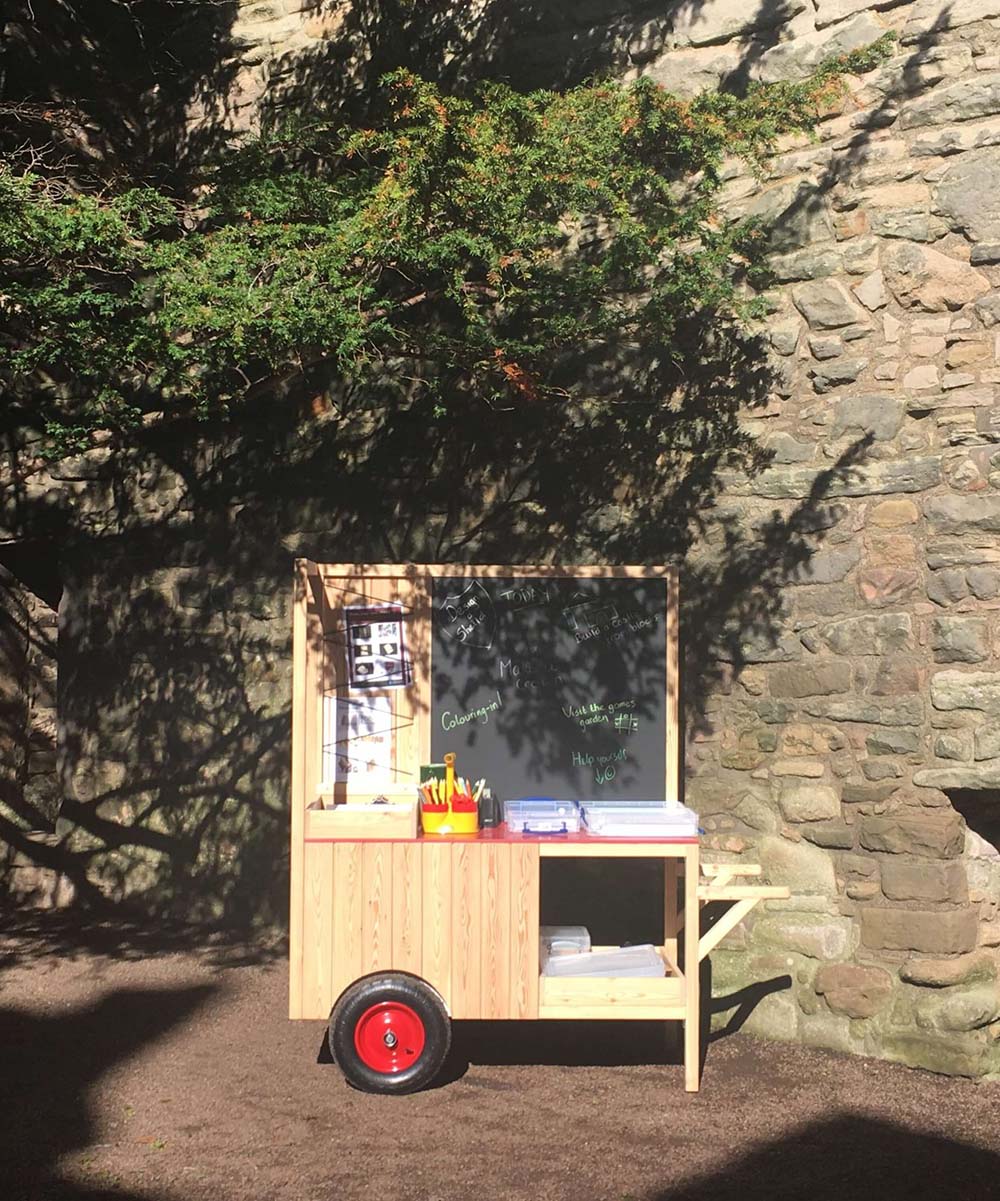
Outdoor Games
The aims for the outdoor games were to increase enjoyment and dwell time at the sites. We chose three games to develop:
-
-
Skittles; easier than the quoits for younger children to get involved.
-
Noughts and crosses; a more thoughtful pursuit, strategic and similar in mood to the outdoor chess sets that have been used elsewhere but which are less accessible to families with younger children.
Blackness Castle also has draughts from last year.
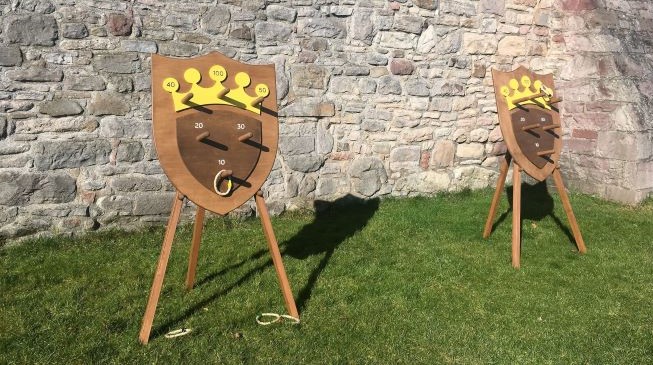
Evaluation and Feedback
After running the backpacks at Craigmillar, Tantallon and Blackness Castles through the season, the Activity Cart at Craigmillar Castle and the outdoor games at Craigmillar and Blackness castles, we set up evaluation. Feedback was gathered in the signing-in process for the backpacks and via on-site interviews at Craigmillar castle.
Families interviewed and who filled in pack-return comments slips were universally extremely positive about the games, cart and packs. Families with children up to 12 and occasionally 17(!) found the packs to be a positive addition to their visit. Parents felt the packs really increased their children’s engagement with the site and were fun and exciting. The binoculars and torch were the most popular items, but all the items were mentioned as a favourite by some respondents.
This word cloud represents the comments about the backpacks:
Visitors told us they felt the packs really contributed positively to their experience. Families came out wearing their crowns, with colouring and shields to make at home, and with stories to tell of who had been best (and worst!) at each of the games. There was a lot of laughter in the exit interviews – and that has got to be the best measure of success for this project.
We are now looking forward to extending the activities out to other sites for the 2019 season, and I am working on ideas for an explorer pack for Abbeys/Cathedrals.
This blog was first posted in a slightly shorter form on the Historic Environment Scotland blog

Share

